Affiliate links on Android Authority may earn us a commission. Learn more.
How to turn off website notifications in Google Chrome
Once you start letting websites send you notifications, it can get out of hand. You can start to get so many notifications, you miss the ones you really want. It might get to a point where you want to turn off notifications altogether, either permanently or for the length of a meeting, to avoid distractions. Of course what would be of the most help is the ability to turn notifications on and off by website. Google Chrome, the world’s most popular web browser, will let you do just that. The controls are buried under a few menu layers, but if you read further, we will explain how to turn off website notifications in Chrome.
Read more: How to set the Google Chrome homepage
QUICK ANSWER
To turn off all website notifications in Chrome on a PC, click on the three-dot menu in the upper right and go to Settings > Privacy and security > Site settings > Notifications and click on the radio button that says Don't allow sites to send notifications.
JUMP TO KEY SECTIONS
- How to disable Google Chrome notifications on a PC
- How to disable Google Chrome notifications on an Android device
How to disable Google Chrome notifications on a PC
For all websites
Begin with Chrome open. Click on the three-dot menu at the top right.
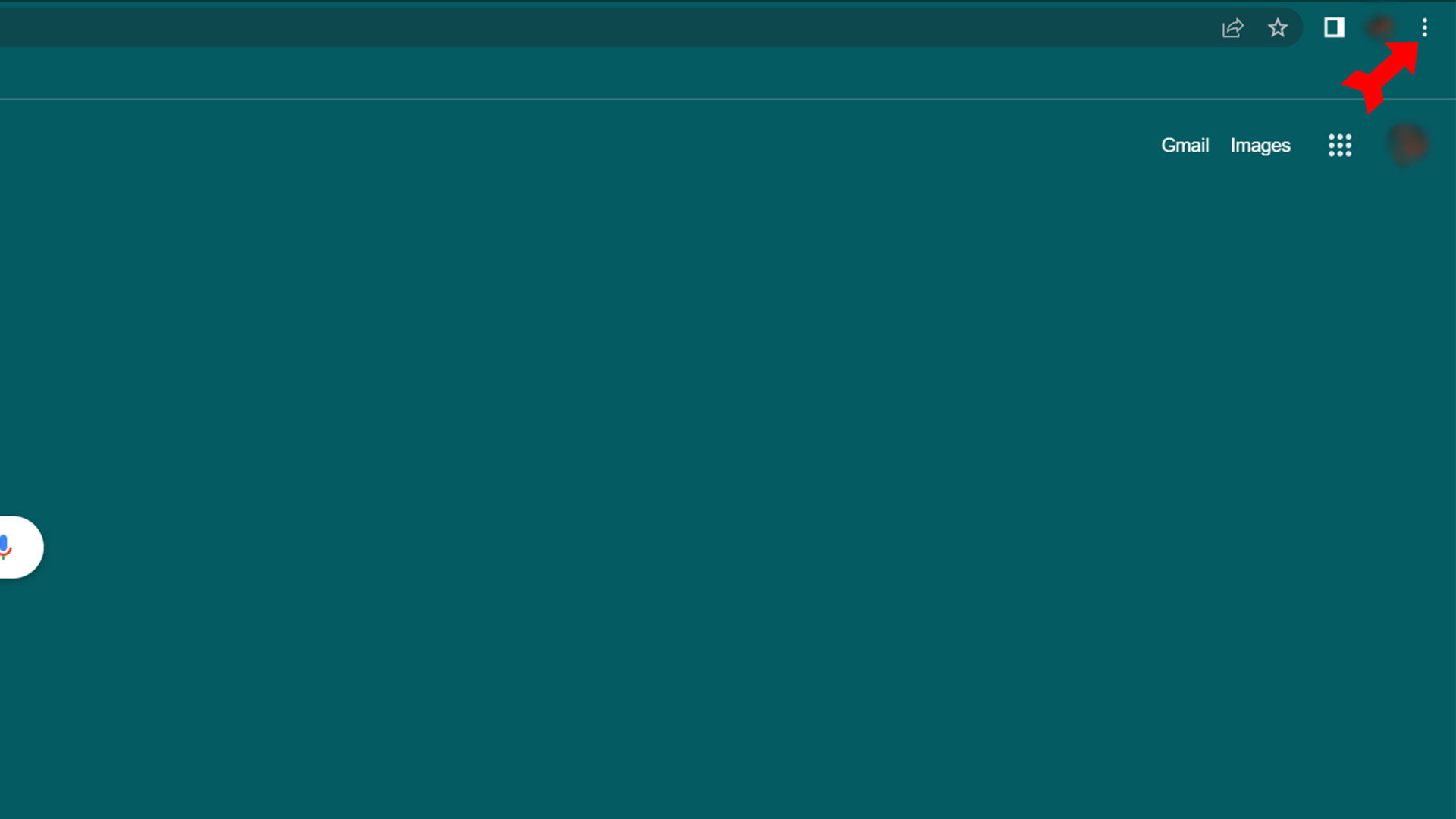
From the menu that drops down, select the Settings menu.
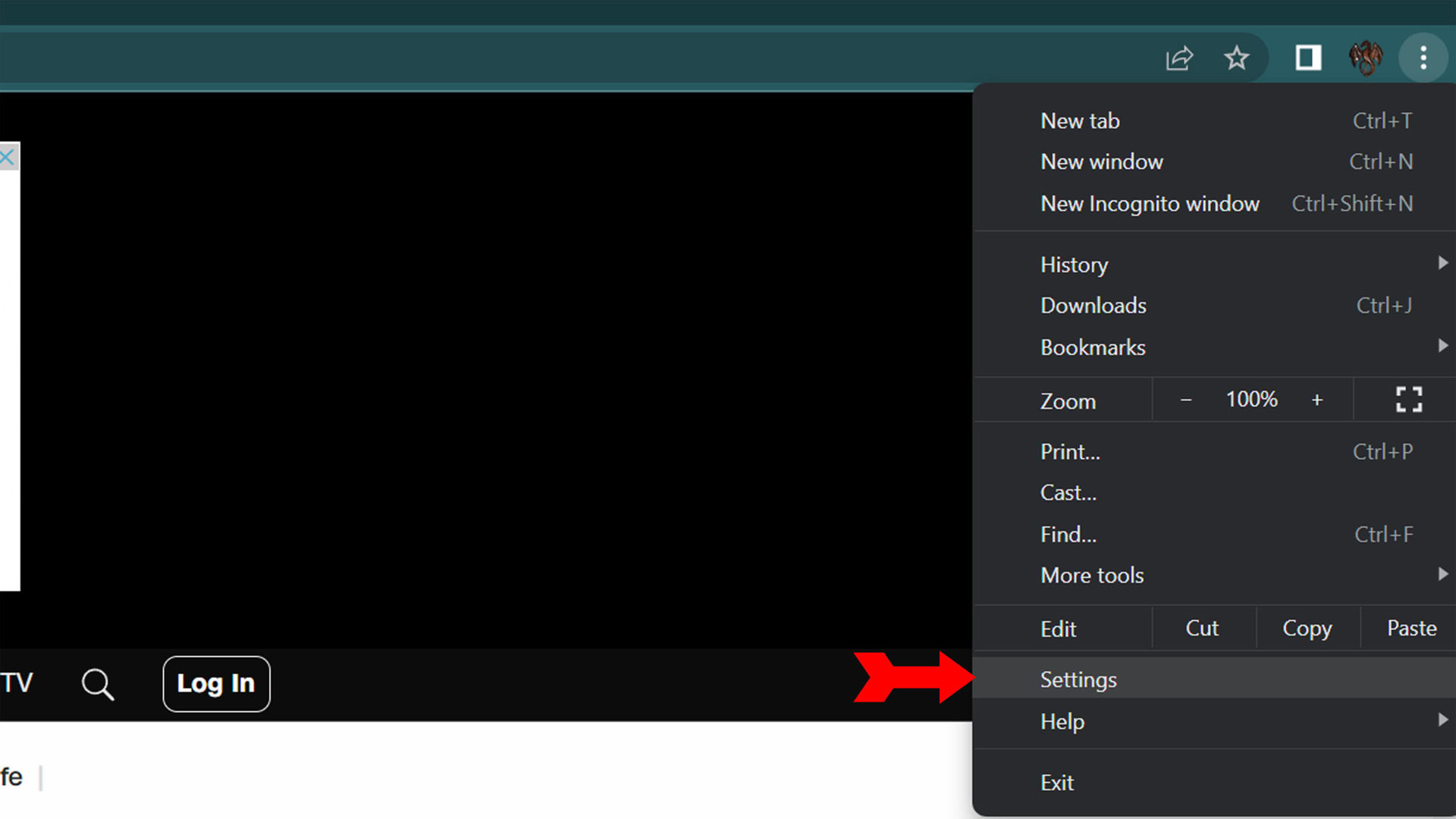
On the Settings page, click on Privacy and security from the left-hand menu. Then select Site settings on the right side of your screen.
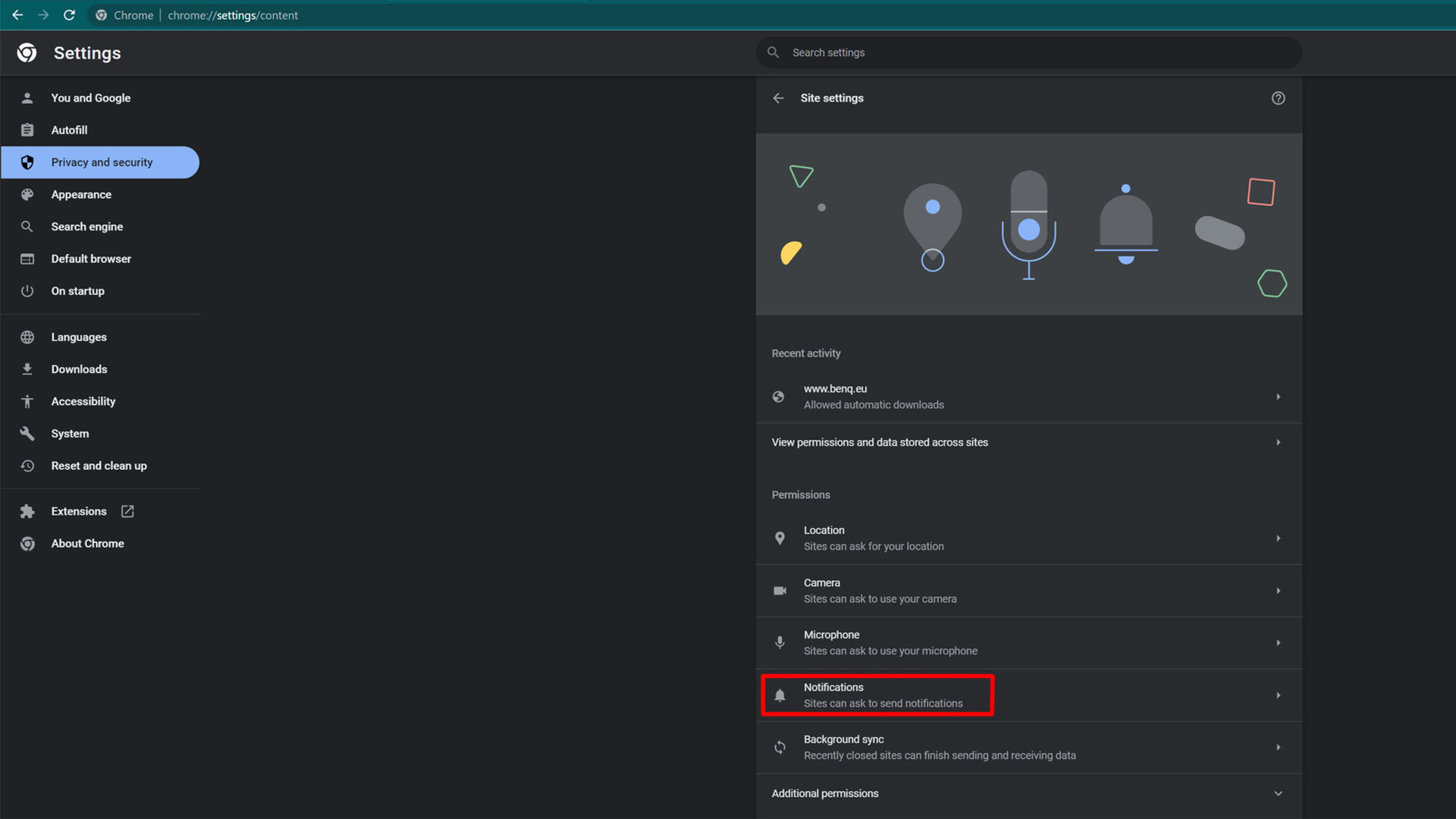
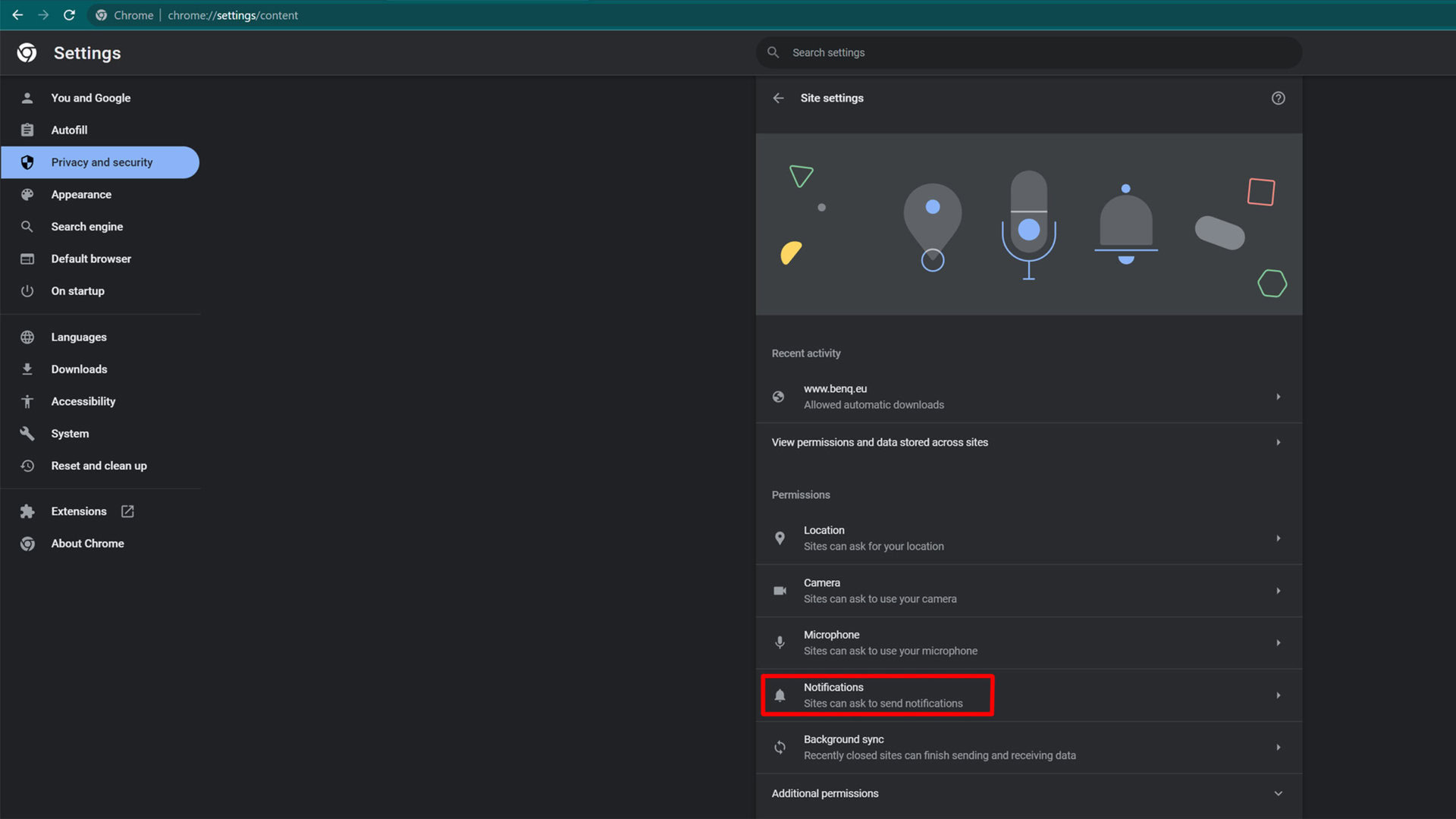
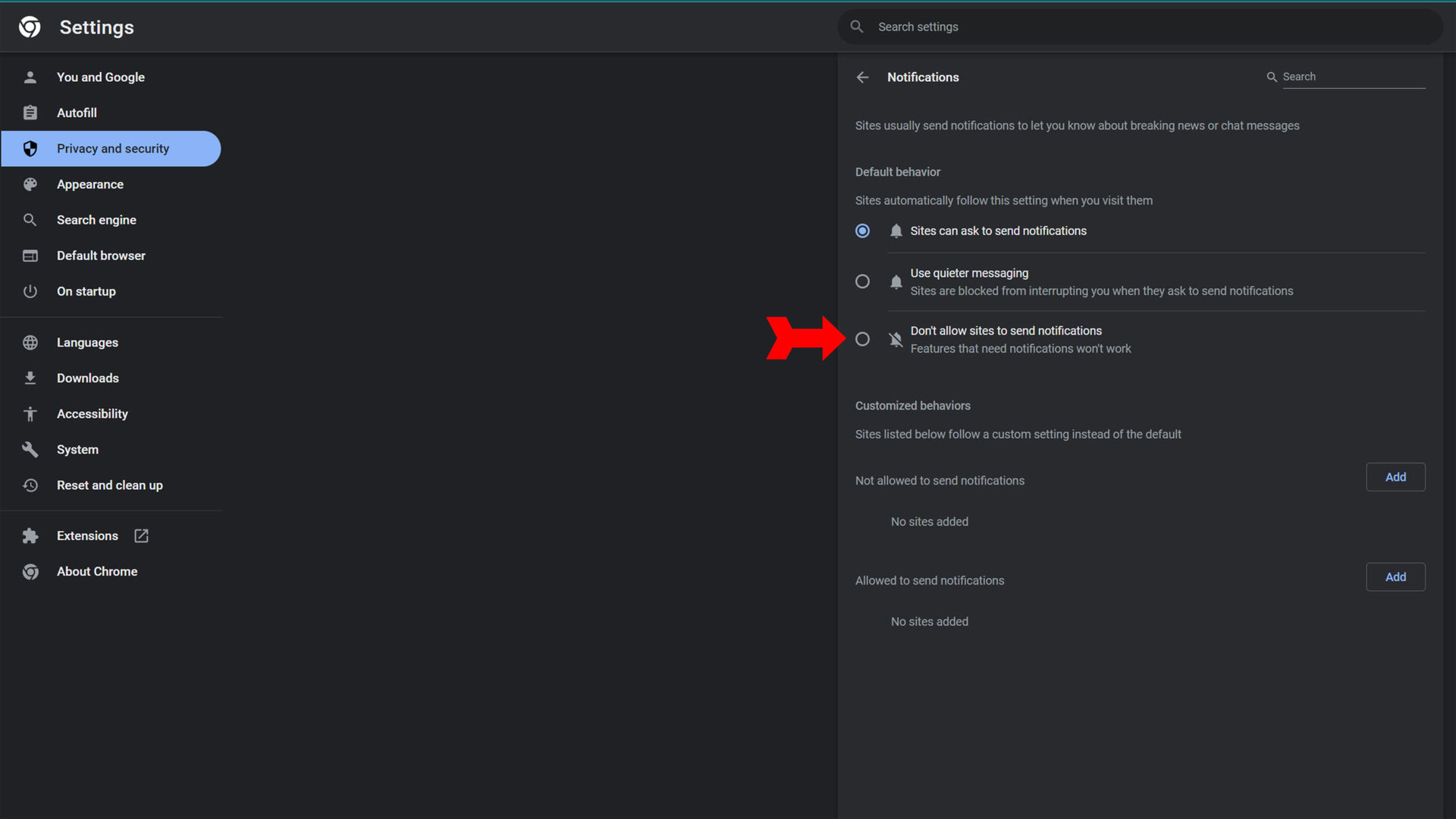
For individual websites
If there are any websites from which you still want to receive notifications, then a blanket ban on them is clearly not the answer. Luckily, we are already on the correct page to selectively allow or disallow notifications from specific websites. Follow the procedure above to get to the Notifications page. Below the radio buttons to allow or block all notifications you will see two buttons that say Add.
If you are OK with notifications generally, but have a few sites you do not want to hear from, use the first list, which is your blocked list. If you really don’t want notifications overall, but there are one or more sites that are exceptions, use the second list, which is your allowed list. In either case, clicking on Add will bring up a window for you to specify a website. Type it in and click on Add. Websites that are not on either list will follow the default setting we discussed above.
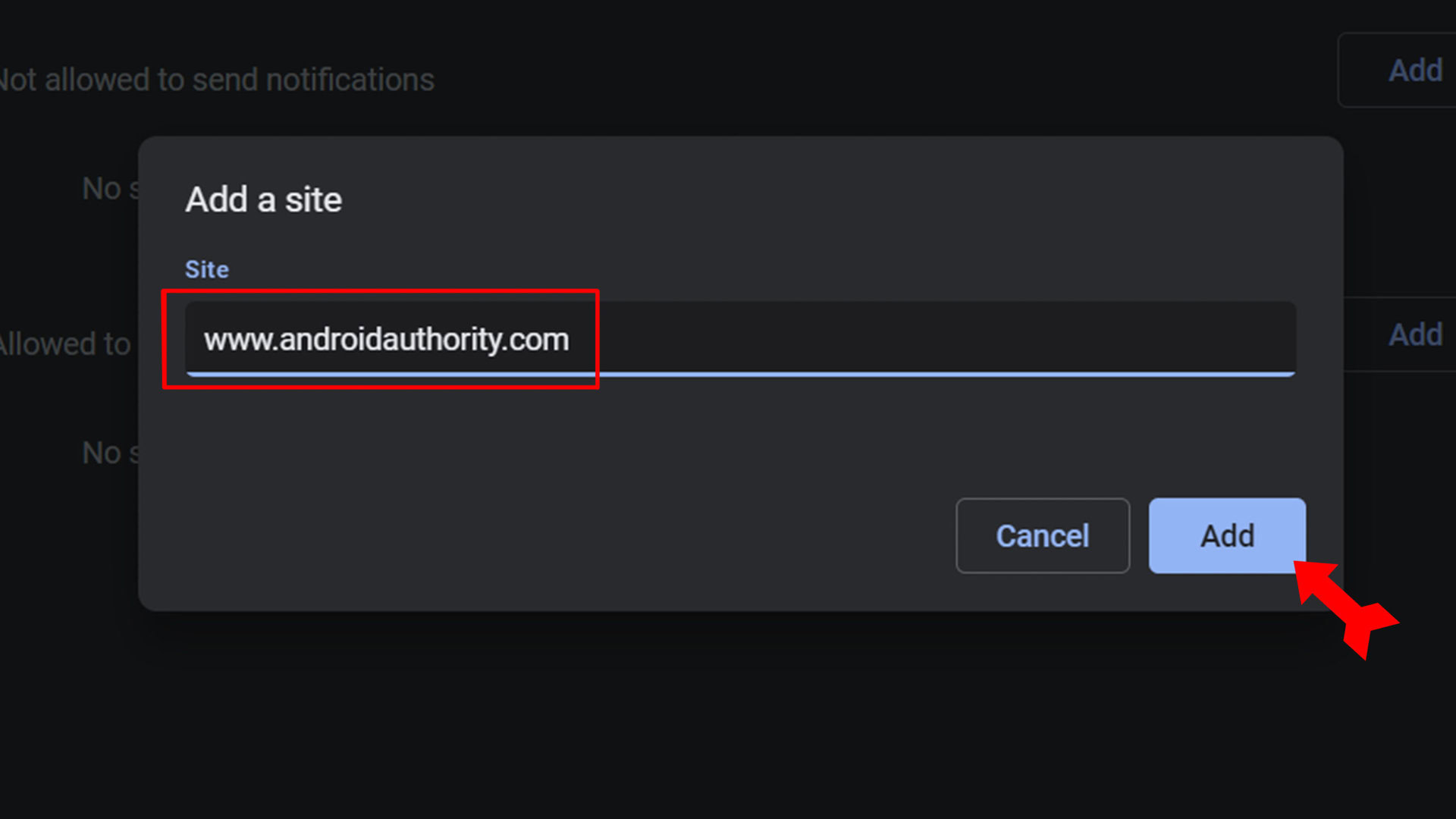
How to disable Google Chrome notifications on an Android device
For all websites
Begin with Chrome open and tap on the three-dot menu at the upper right.
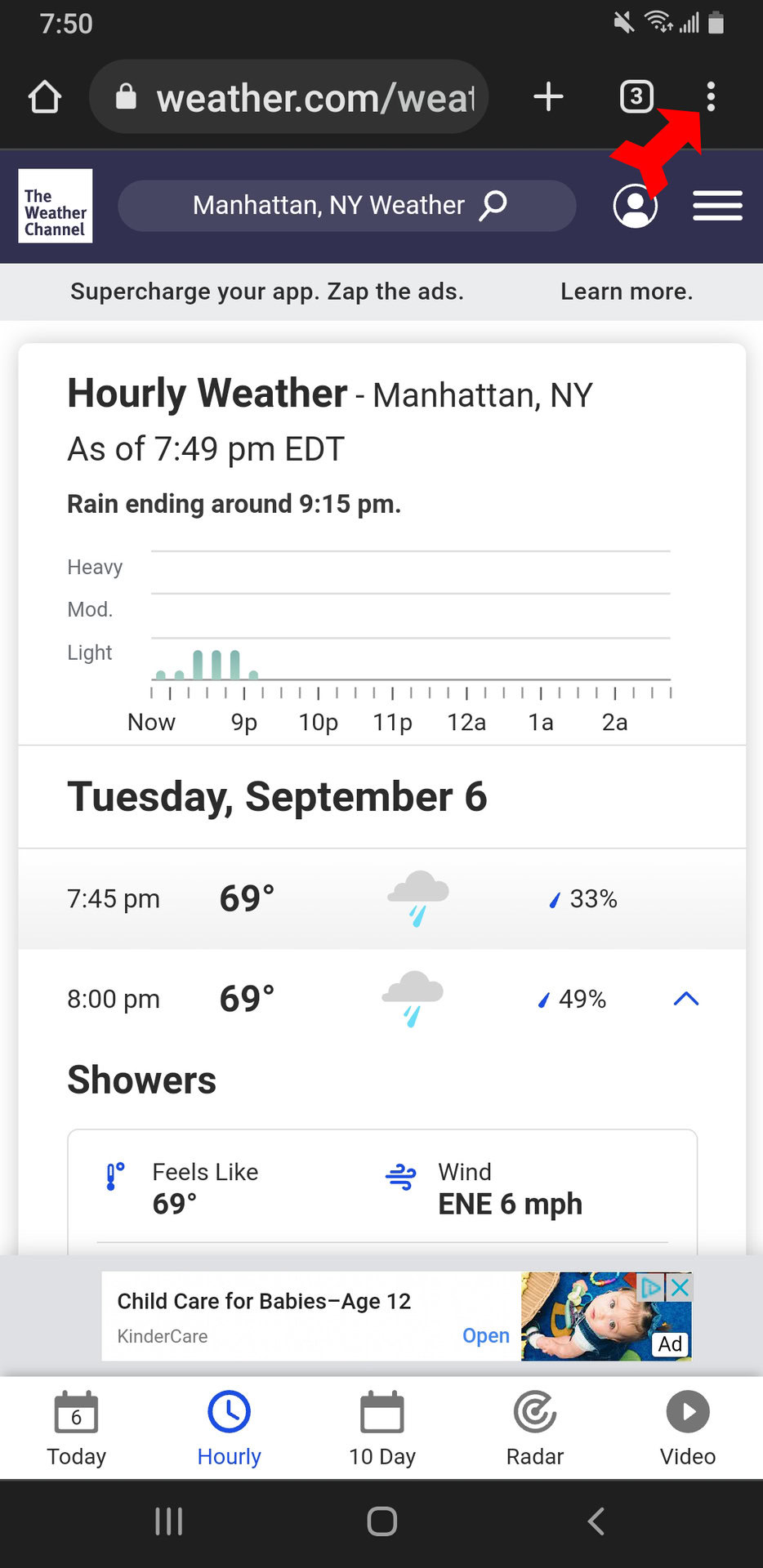
From the menu that drops down, select Settings.
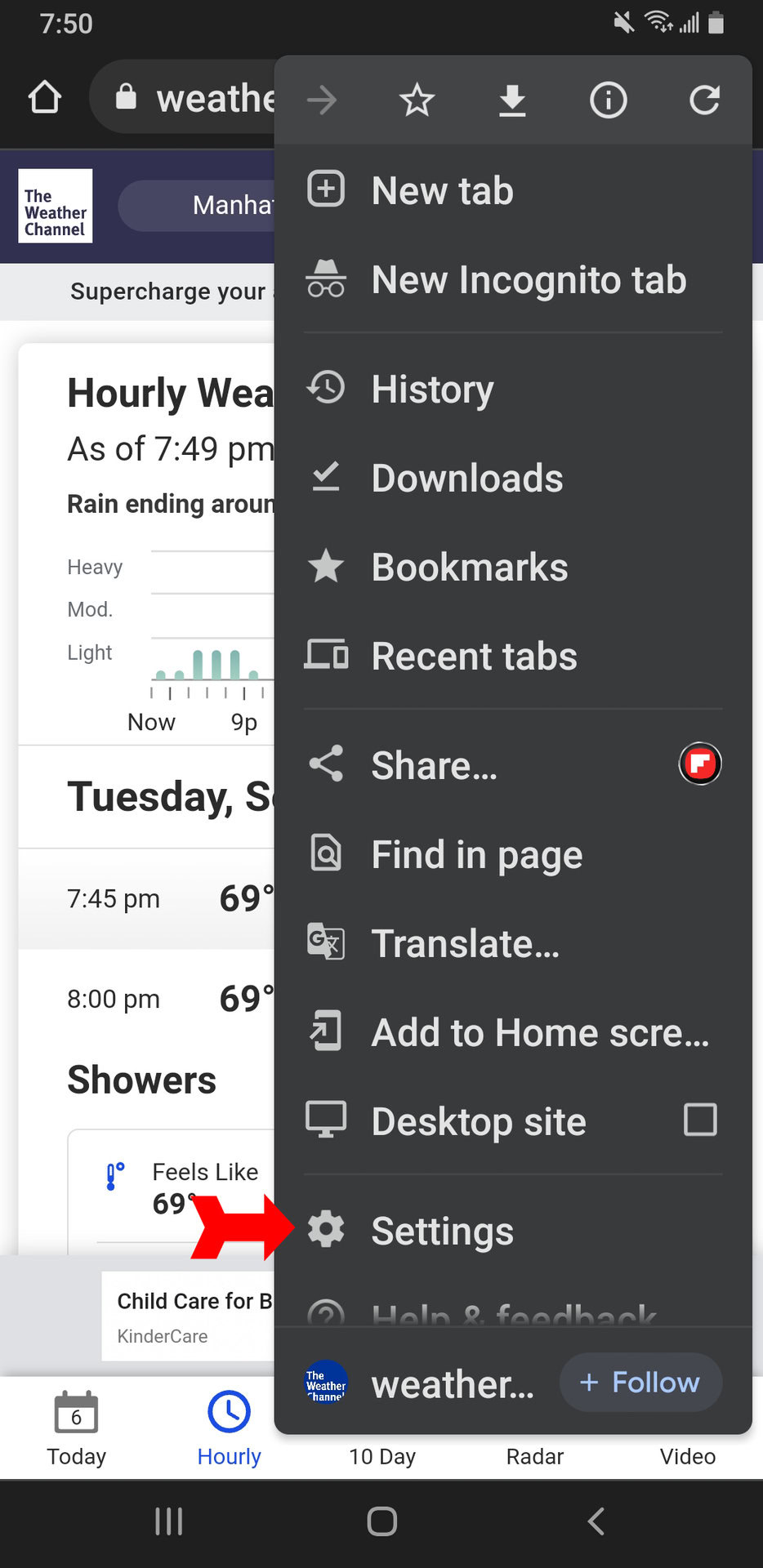
In the Settings section, select Notifications.
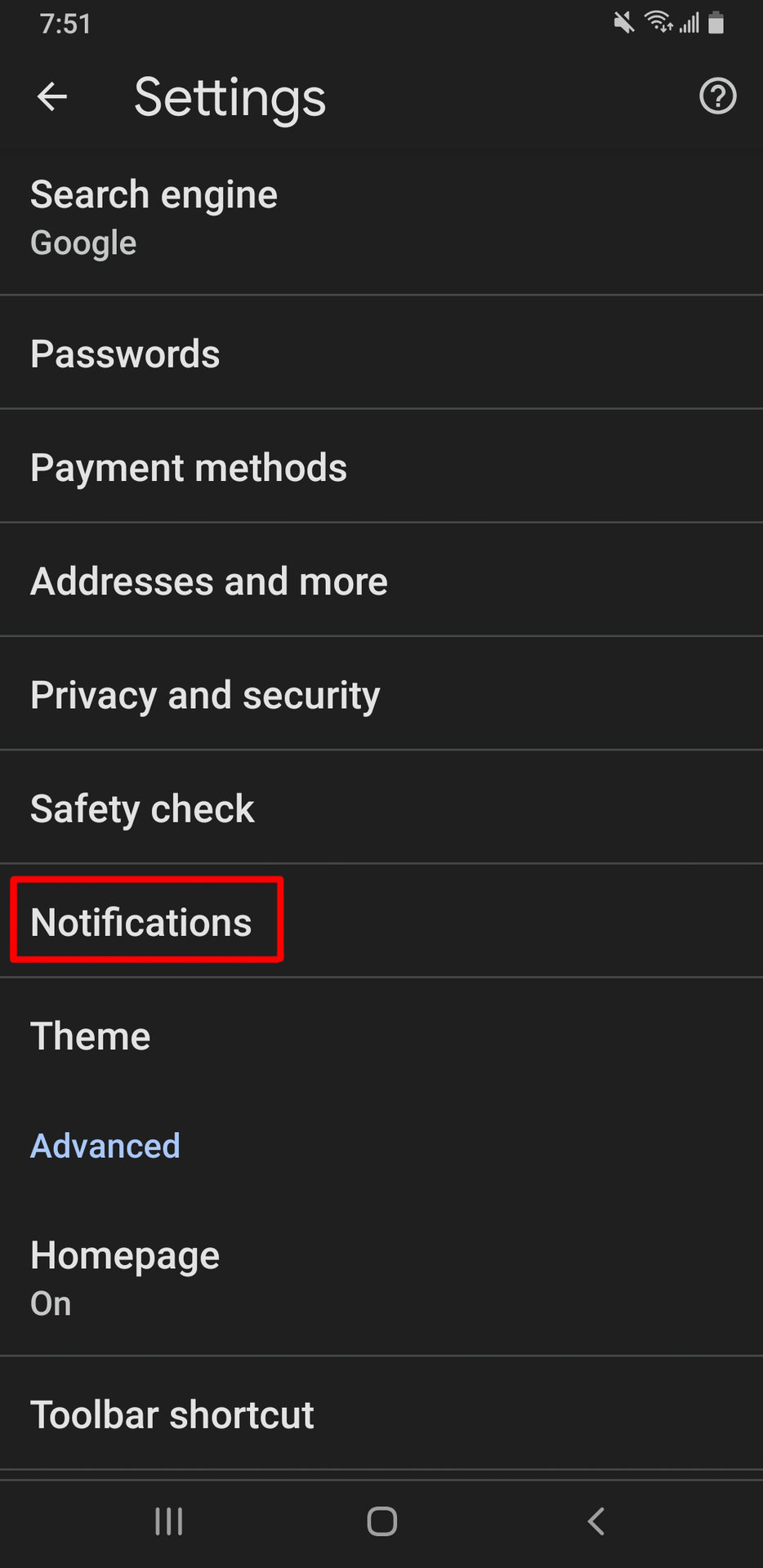
The very first switch on the Notifications page will be to turn off all notifications. Tap on it, and all notifications will be blocked.
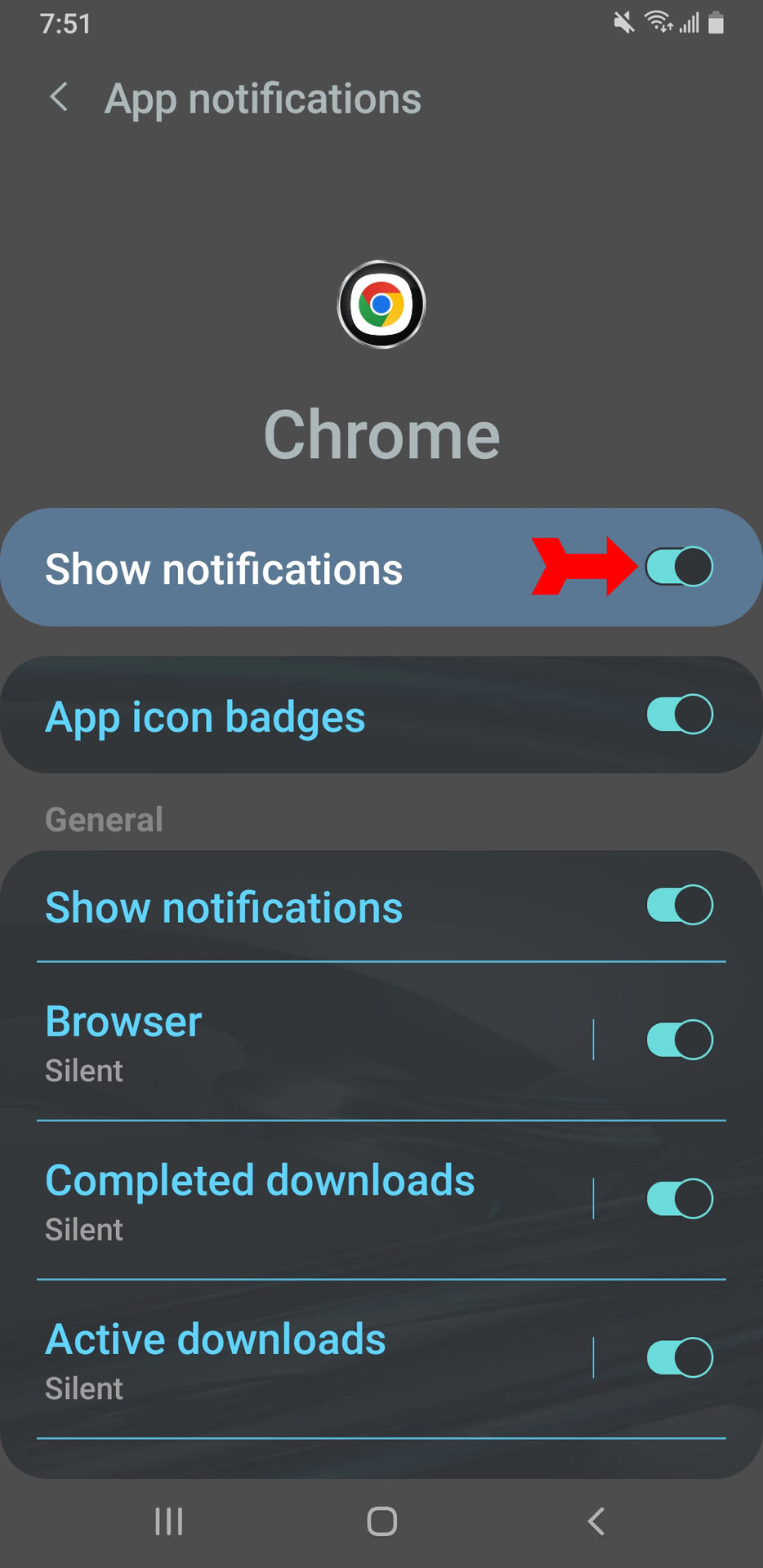
For individual websites
On the same screen we are already on, scroll down to the Sites section. First tap the Show notifications switch in this section to turn on site-specific notifications. Below that you will see a list of all the websites you are currently receiving notifications from. If a site is deactivated and you want to receive notifications from it, just click on the switch next to it. Leave the other switches deactivated. Now you will receive notifications only from the sites you selected.
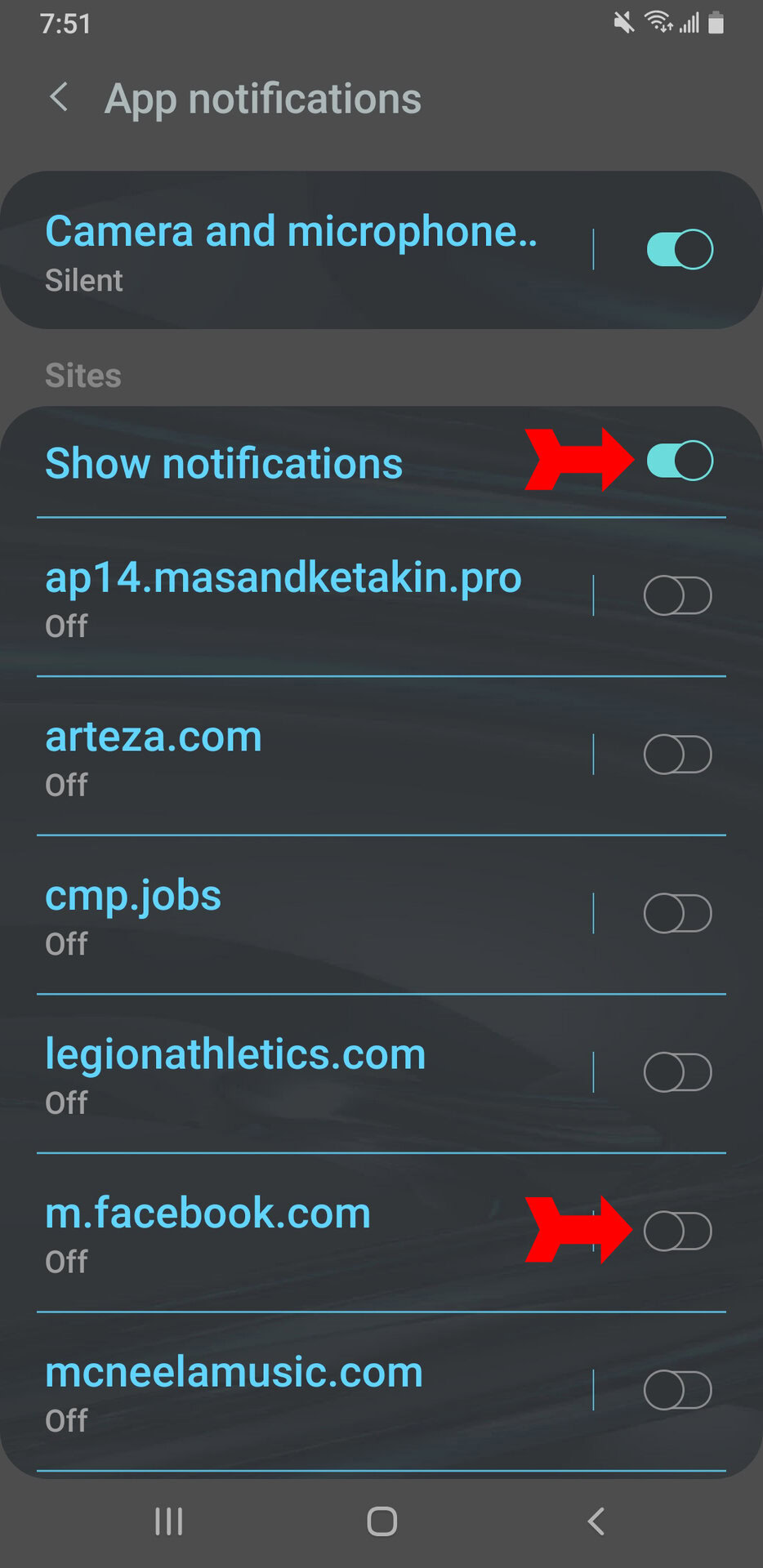
FAQs
There are reasons to switch, and reasons not to. Chrome does boast a large library of extensions that add functionality. But these extensions can sometimes cause stability issues. Chrome gives you extensive control over your web browsing experience, but these controls are so numerous, the one you want to change may be buried in menu layers. It also uses a lot of RAM. You definitely do not have to switch to Chrome because Google asks you to every time you go to google.com.
For one thing, Chrome divides each tab and extension into its own process, a practice called sandboxing. The benefit of this is that one tab or extension crashing won’t bring down the browser and all your work. On the other hand, all those tabs and extensions can add up to a lot of RAM being used. This is OK when you aren’t using any other program. It causes problems only when it interferes with task-specific programs that also are RAM-intensive.
It’s partly because, being owned by Google, it is integrated with Google’s other products seamlessly. It could also be Chrome’s security features, which help keep malicious code from damaging your device. Chrome is also made to be easy to design for, making it popular with developers who are working on new extensions. But the biggest reason is the popularity of Chromebooks, especially in education. Chrome is the built-in browser for Chrome OS, the operating system for Chromebooks. This means a lot of students are using Chrome, and will probably continue to, since most people only switch browsers when they have to.